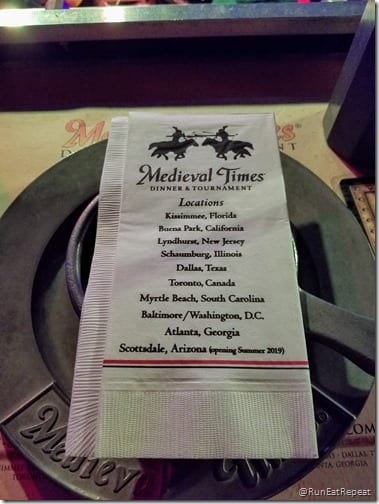

The boar's head was the heart of the medieval feast for England's elite. It was the subject of one of the most well-known medieval romances, Jacques de Longuyon’s 14 th-century Vœux du paon (‘Vows of the peacock’), in which men and women took turns making courtly and honourable, if often boastful, promises, relating to themes like obedience, warrior prowess and love, over a peacock.


The peacock had a special place in elite cuisine, not just in relation to Christmas and not simply because it was a non-native exotic animal.
In medieval times menu skin#
The dish appears to have been as important for its display as for the flavour of its meat (which was derided in Old English sources), though the skin could also be stuffed with other foods. When the dish was served, usually by a woman, its skin and feathers were re-attached to convey the full impressive array of the living bird. The carcass was then skewered for roasting, its neck being fixed upright during the roast to allow for a life-like presentation at service. Rather, the skin of the animal was carefully removed, preserving its ostentatious feathers, and this was set aside. Unlike the modern turkey, the peacock was the preserve of the well-off, and was not simply roasted whole.


 0 kommentar(er)
0 kommentar(er)
